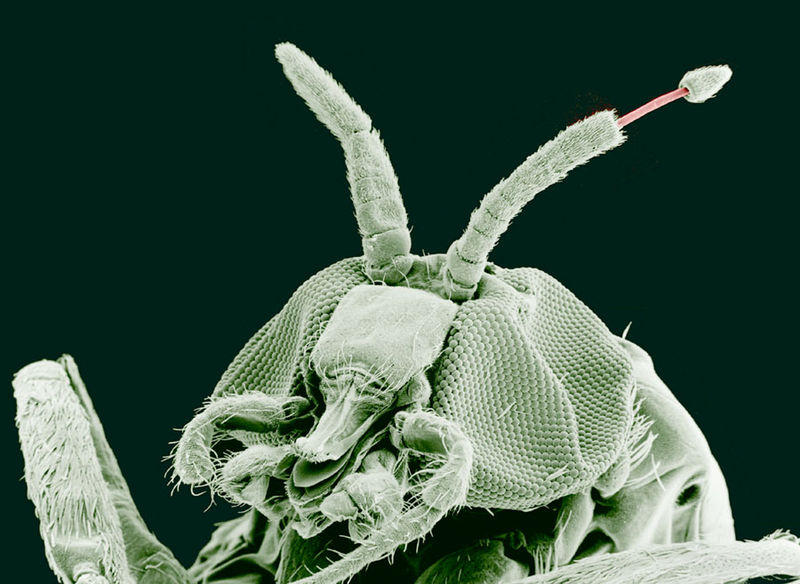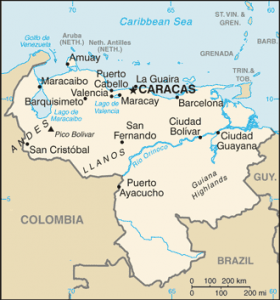An international coalition working with countries in the Americas are pushing for the final elimination of onchocerciasis, or river blindness in the Western hemisphere.
“Today, four of the six river blindness-endemic countries in the Americas have eliminated transmission of the disease, but I am not ready to celebrate until the task is complete,” said former U.S. President Jimmy Carter, founder of The Carter Center, which has led the campaign to wipe out river blindness in Latin America through its Onchocerciasis Elimination Program for the Americas (OEPA). “Now is not the time to be complacent. It is the time to increase our efforts.”

The Carter Center with the PAHO/WHO and the Mectizan Donation Program of Merck & Co., Inc. make up the coalition.
“River blindness can be controlled and even eliminated when countries mobilize the necessary political will and receive strong support from international partners,” said Dr. Carissa F. Etienne, director of the Pan American Health Organization, Regional Office for the Americas of the World Health Organization (PAHO/WHO).
“Today we are calling for renewed resolve in our joint efforts so we can finally rid our hemisphere of this disabling disease forever.”
According to the Carter Center:
For more than two decades, elimination efforts undertaken by the endemic countries and coordinated by the Carter Center’s Onchocerciasis Elimination Program for the Americas (OEPA) have reduced the number of people at risk of onchocerciasis to just over 25,000. In 2013 and 2014, respectively, Colombia and Ecuador were officially verified as having eliminated the disease.
Most recently, in July, Mexico became the third country to receive verification by WHO of its elimination of onchocerciasis. In addition, Guatemala has submitted a request for verification, with a country visit anticipated for early 2016. This leaves only one area with active transmission: the shared border region between Brazil and the Bolivarian Republic of Venezuela that is home to the Yanomami indigenous people.
The mass administration of the antiparasitic drug Mectizan® (ivermectin), which is produced and provided by Merck free of charge through its Mectizan® Donation Program, is the key factor in the elimination process in the Americas and also in Africa.

“We are humbled by the great work of the alliance of partners and countries to protect future generations from this disease that carries such devastating implications for people, families and communities,” said Dr. Julie L. Gerberding, executive vice president, Strategic Communications, Global Public Policy and Population Health at Merck & Co., Inc.
“Through the Mectizan® Donation Program, our company has committed to donating this medicine for as long as it’s needed, and we look forward to celebrating the day when river blindness has been eliminated worldwide.”
As the elimination efforts ramp up to meeting the 2020 goal of no river blindness in the Americas, experts note the final part will present some challenges.
Eliminating onchocerciasis from the Brazil-Venezuela border area will be tough due to dispersed and migratory nature of the Yanomami population, who live in small communities in the dense, nearly inaccessible terrain of the deep Amazon rainforest and mountains.
The ministries of health of Brazil and Venezuela are working with The Carter Center/OEPA, PAHO/WHO, and other partners to ensure the necessary treatment is delivered to the Yanomami people to meet the goal of eliminating onchocerciasis from the area.
Onchocerciasis is a parasitic disease carried by biting black flies that breed in fast-flowing rivers and streams. It can cause intense itching and skin damage, nodules, eye damage, and eventually blindness. The disease disproportionately affects low-income communities in several Latin American countries and in Africa, contributing to the cycle of poverty by reducing affected individuals’ ability to work and learn. In the late 1990s, an estimated 500,000 people in six endemic countries of the Americas were at risk of onchocerciasis.
Related:


3 thoughts on “Brazil and Venezuela border is the last place in the Americas with river blindness”